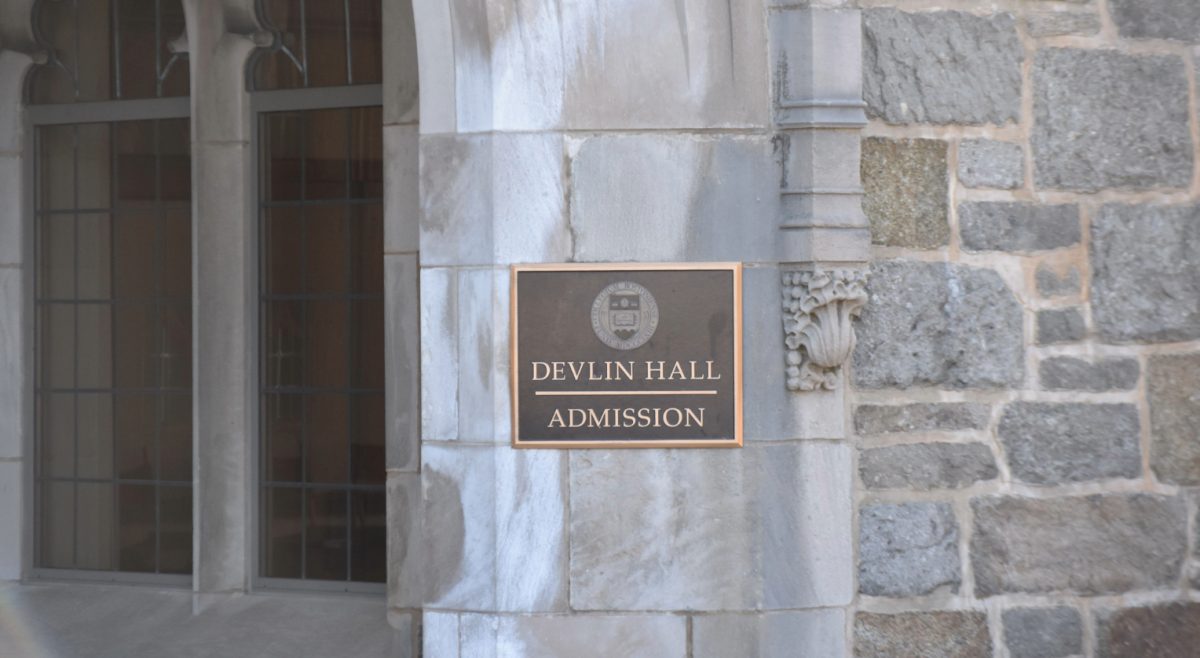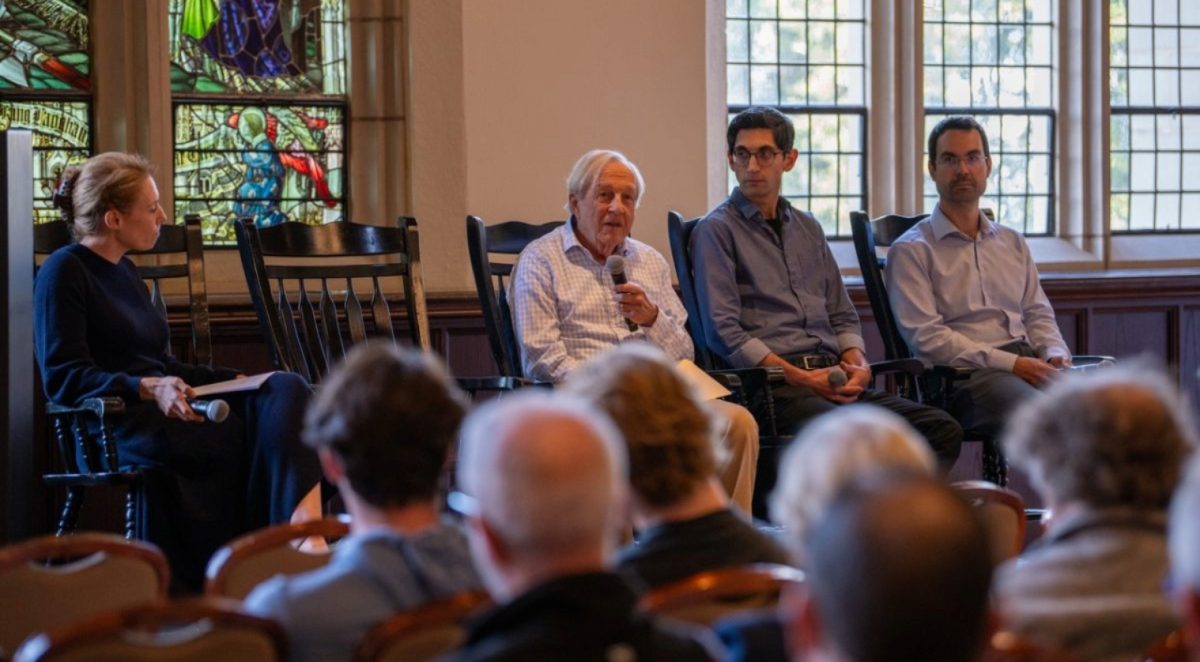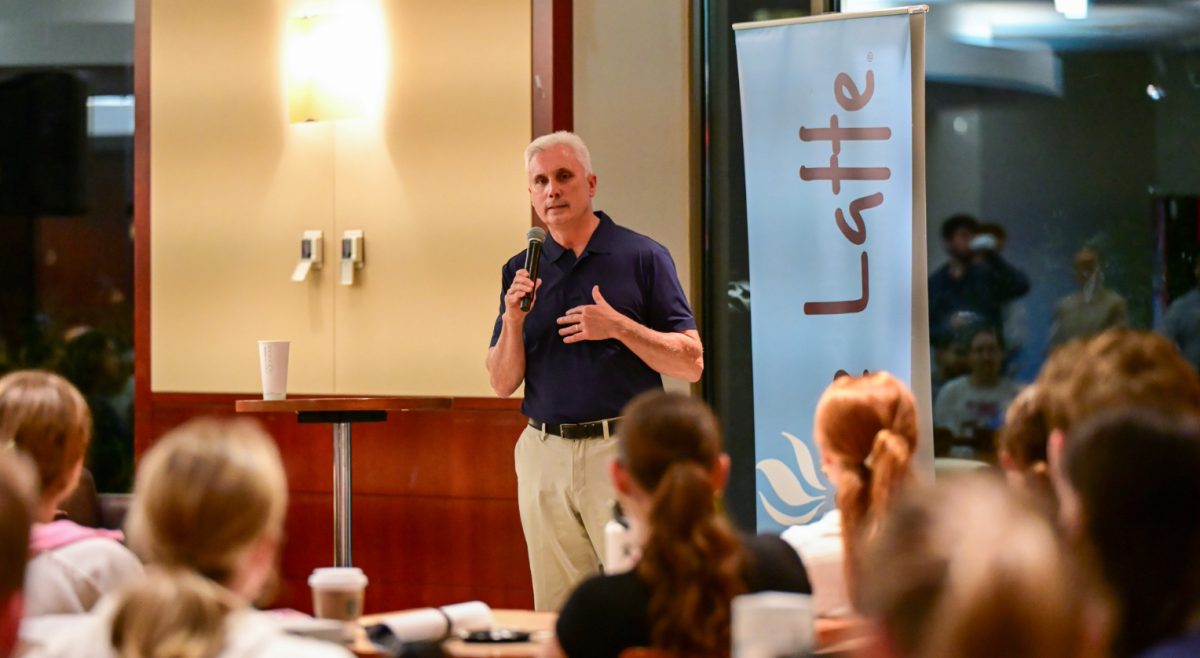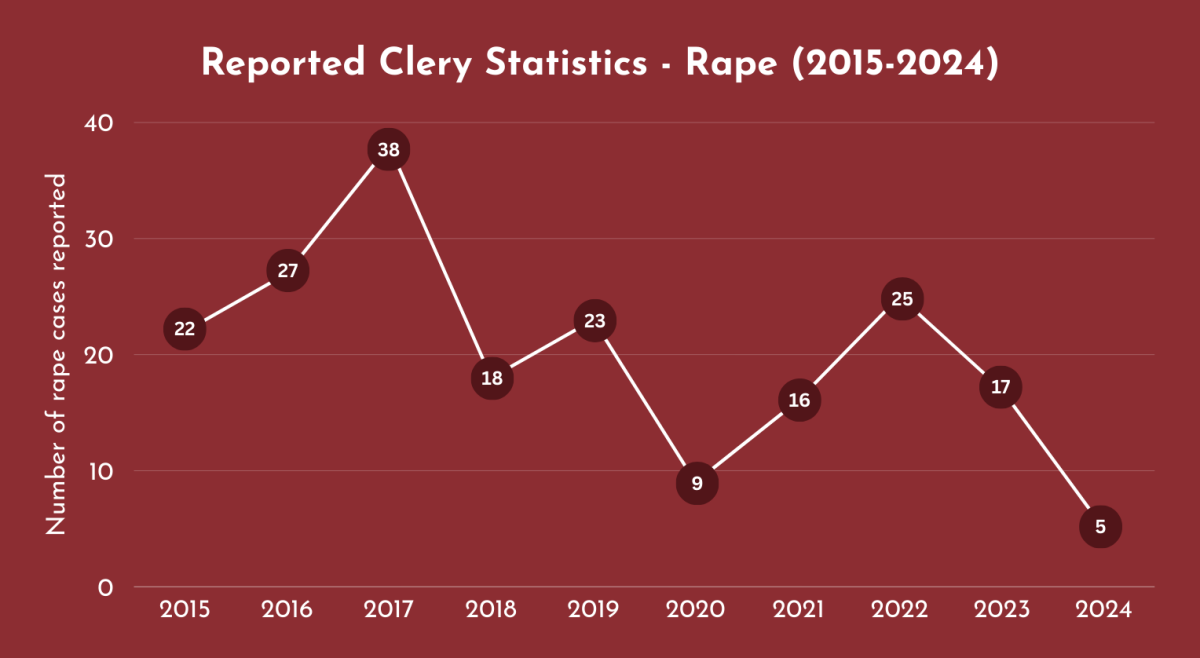Last Wednesday, March 19, Boston College welcomed Owen Cote, associate director of the Security Studies Program at MIT and co-editor of the International Security Journal from Harvard’s Center for Science and International Affairs, to discuss how drones are shaping international security.
“The most important thing to get to, is what are [drones] for?” Cote said. “What are they actually doing? Why did we wildly increase our commitment to this type of operation in the last 10 or 15 years?”
The importance of drones first became clear during the first Gulf War in 1991. During the “Great Scud Hunt” of the Gulf War, the military deployed aircrafts to look for scuds-surface-to-surface missiles that are fired from mobile launchers and designed for use on a short-range battlefield-in Iraq and Afghanistan. This “Great Scud Hunt,” which took place over large, open desert terrain, proved unsuccessful: The military had a very difficult time finding these scuds. “We had lots of difficulty employing sensors that would be able to stare over wide areas and for long periods of time so that when these fleeting targets would appear, you saw them, and you could do something about it [immediately],” Cote said.
The military soon realized that more advanced optics, like video cameras, were required to quickly and accurately target scuds. It was necessary to have persistent video coverage over large areas of land, though the feasibility of that was unclear. “When you think of a video camera, when do you think of its range?” Cote said. “Can you put a video camera in space and watch earth? You can do it in movies, but not in the real world.”
This became one of the main demand signals that pioneered drone development during the ’90s. Soon, UAV (unmanned aerial vehicles) technology boomed.
Cote began by describing Global Hawk, the largest drone in existence. It can fly for 3,000 miles for 48 hours straight. Global Hawks are currently placed on five bases throughout the world, and from these bases they can cover the area of most of the world’s oceans. Other kinds of drones, called Hunter and Scan Eagle, are smaller. These smaller drones are mainly operated by individual ground force units such as the Marines and the Army.
The main type of drone Cote focused on throughout his presentation was Predator. Predator is a medium sized drone with a 15-foot wingspan. It can reach medium altitudes between 10,000 and 15,000 feet and has been the iconic UAV for the last 15 years. It has two optical sensors: a video camera and an infrared imager, which allows Predator to see images at night.
Predator has a satellite dish that serves two purposes: It sends information about what Predator’s sensors see, and it is used by both a pilot and a sensor operator to actually operate the drone. Thanks to this satellite, Predator is operated remotely by two people from a van in the U.S. “We decided to operate them this way because we did not want to force these people to go live in the desert,” Cote said.
The biggest debate about UAVs was in arming, particularly in Predator. In the late ’90s, the U.S. was thinking about doing something about Osama Bin Laden running free in Afghanistan. People started discussing using Predator as more than just an extra advanced pair of eyes.
However, the problems that arose between the Air Force and the CIA made this idea controversial. Ideally, if Predator was armed to kill, the military would want to use its missiles secretly. But the Air Force didn’t like this idea. “From the Air Force’s point of view, killing is fine, but covertly is not,” Cote said. “Air Force people don’t take uniforms off because they want legal justification for what they’re doing. If you take your uniform off and you’re in Saudi Arabia, you’re not covered.” The CIA, on the other hand, had no problem with the covert aspect of the mission, but was not in the killing business.
With the armament of drones came new possibilities for battle. According to Cote, though, war on land is fundamentally different from war at sea or in the sky. On land, it’s only possible to pick out targets from surroundings if they expose themselves in some way. “At sea, you have this vast flat surface,” Cote said. “There’s no trees, there’s no terrain, nothing except these big metal objects that reflect radar really well. Airplanes are basically the same thing. Put a radar up in the sky, it sends messages to extraterrestrials and then all of a sudden you get a reflection back. No clutter, no mess.”
Evidently, because drones are continually used in challenging environments, their future remains complex.












